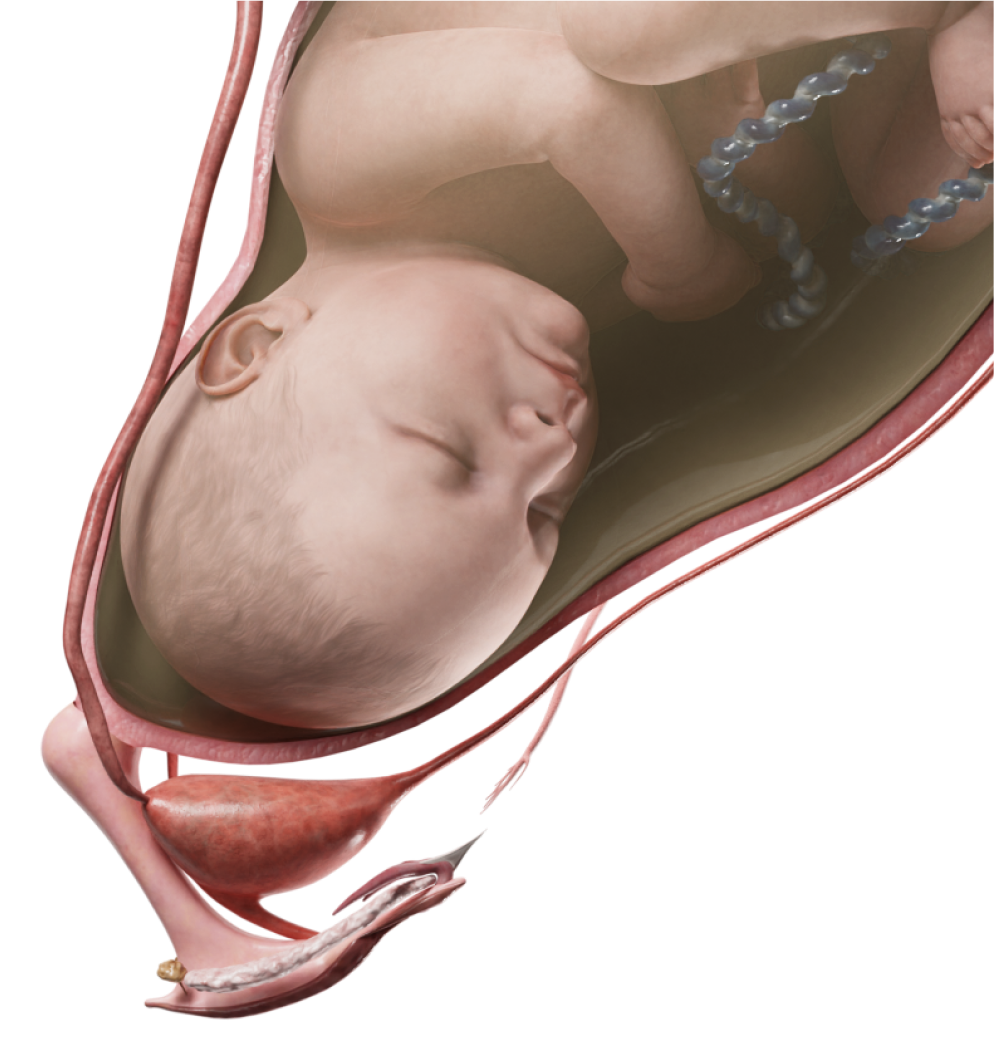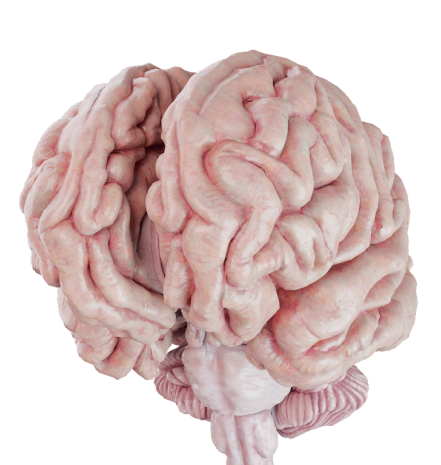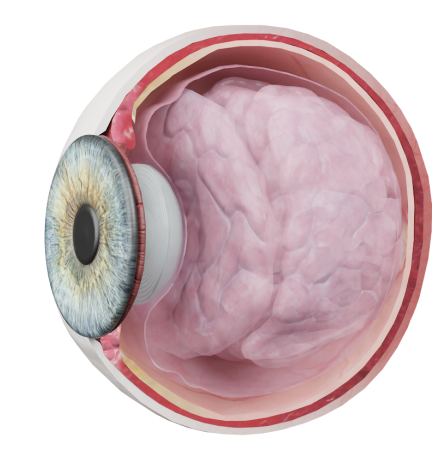Infectious diseases of external nose
This category encompasses any conditions of the external nose skin that are associated with bacterial infections and conditions conducive to their development. The integument, hair follicles, the fatty layer of the subcutaneous tissue are most commonly affected, while the mucosa typically remains intact.
Classification
Furuncle of nose:
- infiltration stage;
- abscess stage.
Other conditions:
- sycosis of vestibule of nose;
- eczema of nose;
- erysipelas of nose.
Etiology
The conditions mentioned above tend to develop as a result of a staphylococcal (St. aureus, S. epidermidis, S. saprophyticus ) or streptococcal (β-hemolytic, group A) infection. These conditions may be triggered by a variety of factors, ranging from damaged integument (abrasions, cracks, macerations) to a decreased resistance of the body. In cases of metabolic imbalance (such as concomitant diabetes mellitus) or immunodeficiency, the disease may be extremely severe.
Nasal eczema is typically set off by a combination of discharge-induced skin macerations (which may occur if a chronic infection of the nasal cavity or paranasal sinuses has developed), allergic contact dermatitis, and a concomitant systemic disorder (such as diabetes mellitus, atopic dermatitis, food allergies, or thyroid gland diseases).
Anatomic Pathology
A furuncle of the nose is a purulent inflammation of the hair follicle, sebaceous gland, and surrounding tissues (the fatty layer of the subcutaneous tissue and skin). The pathological process may spread to the apex, ala, vestibule of the nose, or the upper lip. It should be noted that only the skin is affected; the mucosa of the nasal cavity, which does not contain any hair follicles, remains intact. When several hair follicles within one area are involved, the condition is referred to as a carbuncle. The life cycle of a furuncle can be divided into three stages: infiltration, abscess, and healing. The first stage is characterized by local infiltration, induration, and hyperemic skin, with a hair shaft at the center. A few days later, the condition progresses to its second stage, during which necrosis occurs, resulting in accumulation of pus and fluctuation. In rare cases, the furuncle may rupture spontaneously. During the healing stage, the affected area is covered by connective tissue. Severe inflammation can lead to serious complications, including cavernous sinus thrombosis, intracranial abscess, and sepsis. These complications can, in turn, be life-threatening.
The infection, which is the cause of the disease, spreads via the venous drainage system. It starts from the nasal vestibule, travels through the angular and ophthalmic veins all the way to the cavernous sinus, where a blood clot forms.
Sycosis of the nasal vestibule, also known as folliculitis, affects one or more (most commonly) hair follicles. The lesions may be found around the nasal vestibule or the upper lip, while the underlying tissues remain intact. Hyperemic, infiltrated skin with a hair coat develops pustules filled with pus. These pustules tend to rupture within 2–3 days, forming crusts.
Nasal eczema is a lesion of the epidermis that progresses through several stages. Initially, papules and vesicles form on the affected hyperemic skin. A few days later, they rupture and exude serous fluid. Within 1–2 days, the area is covered by crusts and scales, which fall off on their own, sometimes leaving discolored patches.
Erysipelas of the nose is an infection of the skin and the fatty layer of the subcutaneous tissue that extends into the surrounding lymphatic vessels and nodes. The skin becomes intensely hyperemic, edematous, and warm to the touch. The borders of the lesion are sharply demarcated. Some cases may present with serous or hemorrhagic blisters on the skin surface. Additionally, the adjacent lymphatic nodes are enlarged.
Clinical Manifestations
During the infiltration stage, a nasal furuncle is markedly tender.
The pain intensifies and becomes throbbing within 1–2 days. The skin is hyperemic, and edema develops in the adjacent tissues. General intoxication signs, such as fatigue, headache, fever, and enlarged regional lymphatic nodes, may be observed. Within the next 2 to 3 days, the process enters the abscess stage. This is when a patient starts to feel better as the pain improves. As mentioned earlier, the abscess cavity can rupture and drain spontaneously. In this case, a profuse purulent or hemorrhagic discharge from the lesion is common, and the general intoxication signs fade away. The healing process results in a small scar. Clinical manifestations may vary if the condition is complicated, for instance, by cavernous sinus thrombosis. General intoxication symptoms intensify even further, and patients may experience a pronounced throbbing headache and pain in their eyes. Other common symptoms include nausea, vomiting, and blurred vision. Some patients may even experience convulsions or loss of consciousness. Locally, the orbital region may be affected, followed by exophthalmos (a protruding eyeball), chemosis (edema of the conjunctiva), and ptosis (a drooping of the upper eyelid) on the impaired side.
Sycosis of the nasal vestibule gives rise to itching and burning sensations in the area of the lesion. The integument may be tense and mildly tender. The skin is slightly hyperemic, and occasional weeping may be observed. Later, crusts start to form around the hair shafts. Patients tend to scratch them, thus contributing to a long-term disease characterized by intermittent relapse and remission. In rare cases, general intoxication exacerbates, and a patient may develop a fever (38–38.5 °C), fatigue, and enlarged regional lymphatic nodes.
Nasal eczema is typically a chronic condition. The acute phase generates severe pruritus and marked tenderness around the lesion. After the vesicles rupture, the skin becomes moist and itchy, and crusts begin to form.
Subsequently, the affected skin thickens, while normal skin markings become more accentuated (also described as leathery skin). The two symptoms combined are referred to as lichenification. The pruritus may sometimes be so severe that it leads to sleep disturbances.
Nasal erysipelas generates reddening and edema of the skin. The borders of the affected area are sharply demarcated. The lesion may be extremely tender and warm to the touch, occasionally exhibiting a bilateral butterfly distribution across the nose and cheeks. Serous or hemorrhagic blisters tend to rupture, leading to weeping that is later covered by a crust. Erysipelas is primarily characterized by signs of acute intoxication, including fever up to 39–40 °C, chills, pronounced fatigue, headache, and occasionally vomiting. With proper treatment, the pathological process can typically be resolved within 7–10 days. Rare cases may be complicated by cavernous sinus thrombosis and sepsis.
Diagnosis
This group of conditions is diagnosed during a physical examination of the affected area. A health-care professional will evaluate lab test results, including a complete blood count (white blood cell (WBC) count and differential) and biochemistry (C-reactive protein (CRP), blood glucose level). To identify the causative agent and its antimicrobial susceptibility, a culture of the wound discharge and tissues is a must. Any complications may necessitate a CT or MRI scan; additional diagnostic options include blood culture and lumbar puncture. Allergen skin tests may sometimes be useful in determining the root cause of nasal eczema.
Treatment
Local therapy for mild conditions (furuncle and sycosis) is generally accepted. This includes NSAID and antibiotic ointments, as well as antiseptic treatment of lesions for 5–7 days until symptoms have resolved. Physiotherapy, especially phototherapy (UV light), often yields positive results. Surgical therapy is indicated if the condition progresses to the abscess stage: the most prominent bulging of the suppurative focus is dissected, debrided, and drained, followed by the application of an aseptic dressing. After the procedure, the dressing should be changed regularly until complete recovery. Occasionally, local treatment may prove ineffective, a patient may experience severe intoxication, or the disease may evolve into its chronic form. In these cases, a short-course oral antibiotic treatment (5–7 days) may be prescribed at a doctor’s discretion.
It is important to note that potential antimicrobial susceptibility should be considered. The healing stage requires only wound healing and regenerating ointments to successfully complete. A patient with any complications must be urgently admitted to a hospital.
An eczema is typically treated locally. Topical corticosteroids are applied during the acute stage. If the integument happens to be infected, combination antibiotic drugs can be added to the treatment plan. The skin should be regularly treated with antiseptic solutions. Oral antihistamines can help alleviate pruritus and reduce scratching; occasionally, anxiolytics may also be prescribed for the same purpose. The healing process, when crusts and flakes develop, can be facilitated by the application of reparative ointments and moisturizing lotions. During periods of remission, it is crucial to moisturize the skin thoroughly and regularly. This practice can help prevent future disease flare-ups. Please remember that eczema has multiple etiologies. This means that concomitant chronic disorders should be addressed first in order to improve any skin manifestations.
Erysipelas tends to relapse and can generate serious complications. The disease can only be cured with antibiotics, with medications from the penicillin family being the treatment of choice.
These are adjusted based on bacterial culture results. Depending on the severity of the condition, the therapy may be administered either orally or parenterally. Lesions are treated locally with antiseptics. In some cases, physiotherapy, especially UV light therapy, may be indicated.










